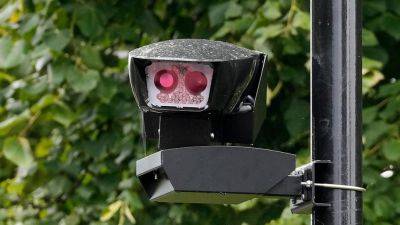Digital public infrastructure ought to girdle the globe
Prime Minister Narendra Modi’s State visit to the US saw major commercial announcements such as Micron’s commitment to establish a semiconductor plant in India, a deal to acquire 31 Predator drones from General Atomics, and an agreement between Hindustan Aeronautics Limited and General Electric to make jet engines for Tejas fighters. A bilateral commitment to implement Digital Public Infrastructure (DPI) like India’s Unified Payments Interface (UPI) got lost in the breathless media coverage. Part of a June 2022 joint statement, it has the potential to set a new template for public-private digital partnerships, Historically, the public sector has funded physical infrastructure such as road and rail networks, especially in developing countries.
However, public-private collaboration for modern connectivity infrastructure is now the norm. In India, the public sector has less than a 10% share in India’s telecom and internet infrastructure. Similarly, there are many infra-like elements of online apps that also require a public-private interface.
These include specifications of protocols and standards that enable different parties to interact and work on common platforms. With institutional backing, they can help provision ‘foundational’ or ‘public’ digital infrastructure. India has several DPI set-ups other than UPI.
Read more on livemint.com






















